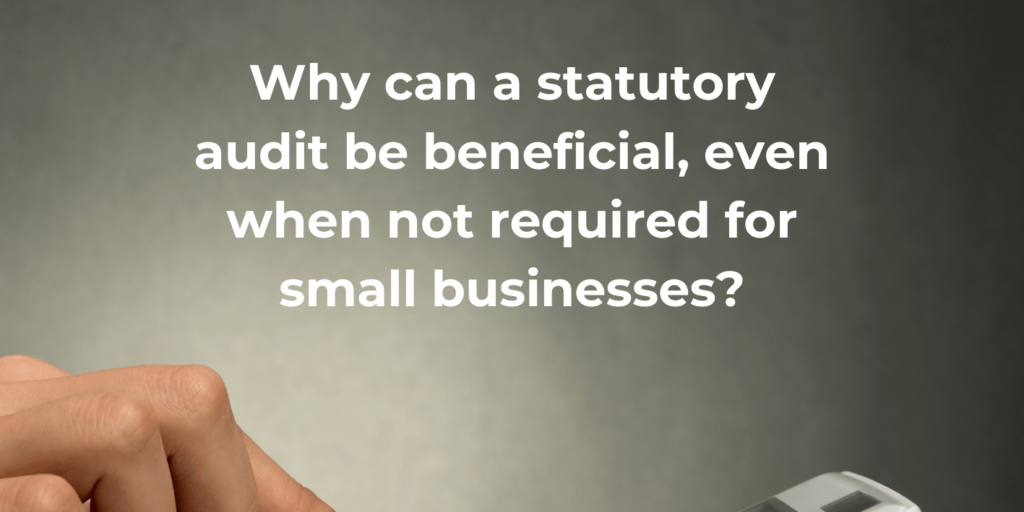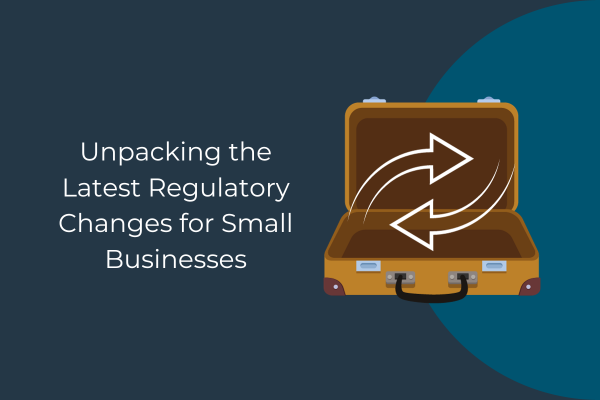SMEs – The Multiple Definitions

The term SMEs stands for small to medium enterprises. This is simple enough. How an SME is defined in the UK however, differs depending on the government body or scheme doing the defining.
UK Government Definition
Under the UK Government’s definition, it is worth noting that SMEs are the lifeblood of the UK economy, making up 99.9% of the country’s business population in 2022. When it comes to defining SMEs, the UK government still uses € to determine turnover, not £ (a clear hangover from the EU days). There are three defining titles:
- Micro business – fewer than 10 employees and a turnover of less than or equal to €2 million or a balance sheet total less than or equal to €2 million.
- Small business – 10 to 49 employees and a turnover of less than or equal to €10 million or a balance sheet total less than or equal to €10 million.
- Medium business – 50 to 249 employees and a turnover of less than or equal to €50 million or a balance sheet total less than or equal to €43 million.
Companies Act 2006 Definition
For companies, this definition is very important, as this dictates which set of accounts an entity can or should file with Companies House. Similar to the Governments definition, the Companies Act 2006 breaks down SMEs into three titles. Micro entities, small companies and medium-sized companies. In order to establish which title a company falls under, they must meet two of the conditions in the bands as per below (note that the Companies Act 2006 bands use £, so therefore escapes any future Brexit red tape that the Government’s own definition will inevitably encounter):
- Micro entity – annual turnover of no more than £632,000, a balance sheet total of no more than £316,000, no more than 10 employees.
- Small company – annual turnover of no more than £6.5 million, a balance sheet total of £3.26 million, no more than 50 employees.
- Medium sized company – annual turnover of no more than £25.9 million, a balance sheet total of no more than £12.9 million, no more than 250 employees.
R&D Tax Relief SME Definition
Currently, SME R&D (Research and Development) tax relief allows companies to deduct an extra 86% of their qualifying costs, on top of the full qualifying costs, to give a total qualifying cost of 186%. If a company has claimed relief and made a loss, they can claim a payable tax credit worth up to 10% of the surrenderable loss. In order to claim this, an SME is defined as follows:
- Less than 500 staff.
- Annual turnover of under €100 million or a balance sheet total under €86 million.
Business Energy Micro Business Definition
When securing a business energy contract, a business may be entitled to additional protections, if they are classed as a Micro Business. Ofgem (Office of Gas and Electricity Markets) states that an organisation is defined as a Micro Business if it matches the following criteria:
- Has fewer than 10 employees and annual turnover of €2 million or balance sheet no greater than €2 million.
- Or, uses no more than 100,000 kWh (kilowatt hours) of electricity, or 293,000 kWh of gas a year.
In summary, having a good idea of where an SME sits within the various definitions can help to gauge the type of accounts that are required to be submitted, the regulations that need to be abided by and also assist with the level of support businesses are entitled to.






